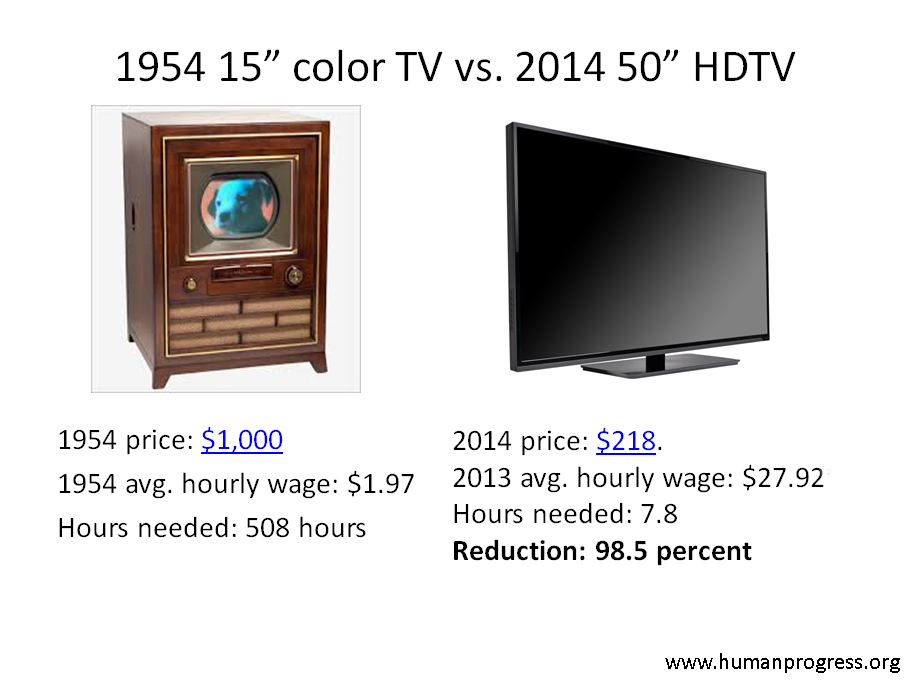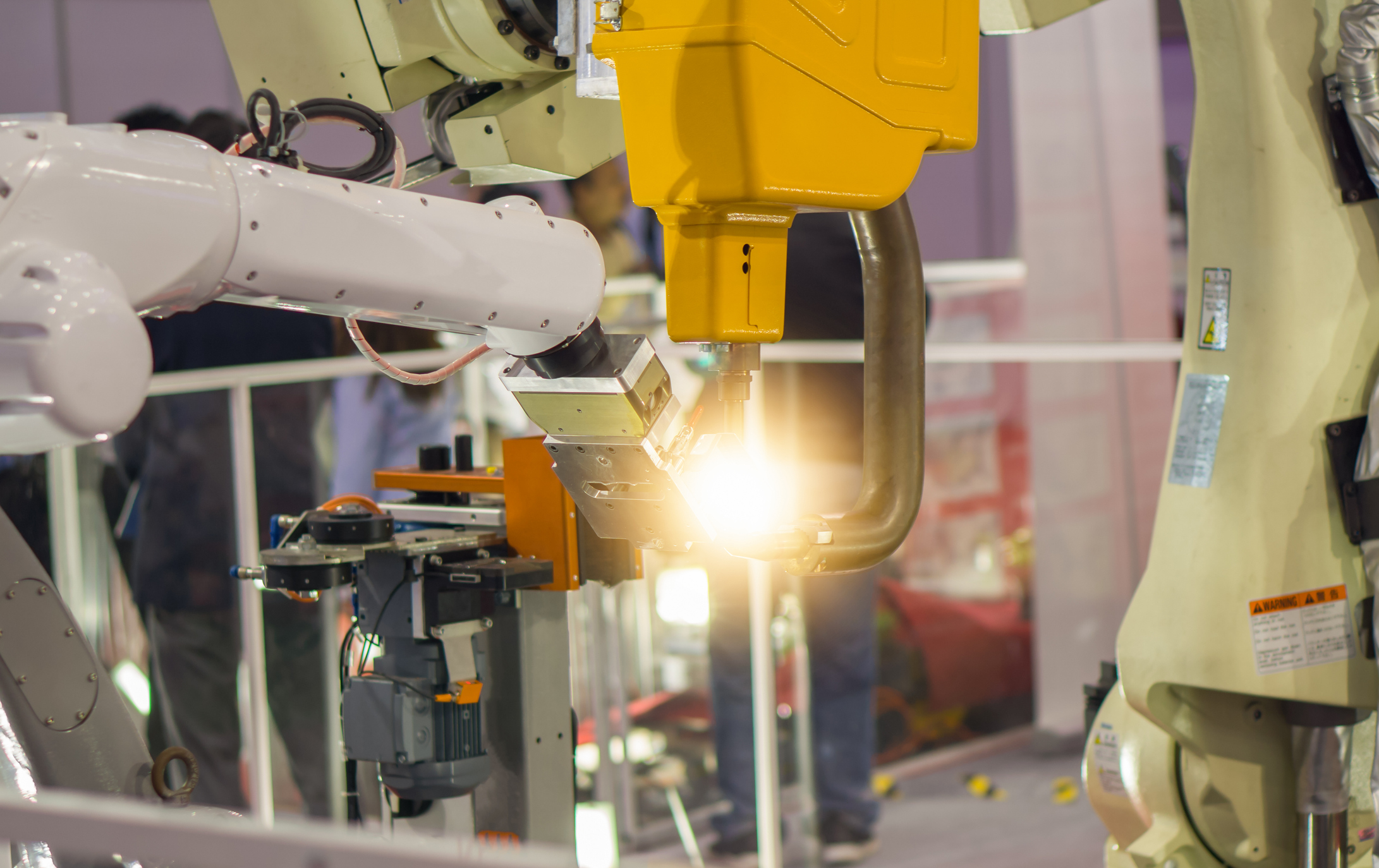Steve Jobs recruited Pepsi’s John Sculley to Apple by asking him if he wanted to spend his life selling sugared water or if he wanted “a chance to change the world.” Sculley took the chance. In all his enterprises, Jobs offered his employees the same. They were on an intense mission, where much was asked of them. The work was hard, and they were expected to care about it and devote themselves to it. But they could grow and be justly rewarded for their contributions. They were expected to question their boss, who would sometimes change his mind based on the questioning.
Some of the rewards were intangible—the “flow” of losing oneself in an important and challenging but doable activity. Other rewards were tangible. When the first Macs were shipped, Jobs took the Mac team to the parking lot, called each by name, and handed him or her a Mac with the signatures of the 46 main team members engraved inside.
Many of the higher needs that move us in pursuit of a good life are the same higher needs that move us in pursuit of a good job. The psychologist Abraham Maslow famously observed that after we satisfy physiological needs such as food, clothing, and shelter, we seek to satisfy higher needs, such as fulfillment, meaning, control, and creativity, through the choice and pursuit of challenging, meaningful projects. Too often a life of leisure does not allow sufficient satisfaction of the higher needs. It is telling that Europeans have much more leisure than Americans, but Europeans report being much less happy.
Having a challenging job where you are in control of your time is not only important for satisfying the higher needs; it also is important for satisfying the basic need for good health. One cause of constant long-term stress is boredom, which has been shown to adversely affect hormone levels and heart rates. For men, another cause of constant long-term job stress is lack of control over what projects to pursue or tasks to prioritize. According to a 2011 study published in the journal Health Psychology, men who lacked control in their work had a greater risk of death.
At first glance, it is surprising that among retirees with $1 million to $5 million in assets, 33 percent retire from one job only to then transition to working in a new one. Even among retirees with more than $5 million in assets, 29 percent continue to work. At second glance, these findings are not so surprising in a labor environment where a growing percentage of jobs are good jobs: creative, challenging, satisfying.
A skeptic might object that these findings only apply to the rich. But jobs in construction and trucking are increasingly hard to fill, suggesting that poorer workers who otherwise might build and drive also are finding better alternatives: safer, less physically exhausting, less routine.
Farm to Factory
Innovative dynamism, sometimes less aptly called creative destruction or entrepreneurial capitalism, has a long history of creating new, better jobs and also of nudging old jobs toward the challenging, meaningful peak of the hierarchy of needs. In much of human history, the powerful have been tempted to force slaves to do the most dangerous, exhausting, and boring work. But then inventors created machines that could do these tasks, reducing the temptation to enslave and hugely bettering the work lives of some of the worst off.
An early specific example of innovative dynamism improving jobs happened when kerosene replaced whale sperm oil for high-quality lighting. Collection of sperm oil required the collectors to spend days scraping spermaceti from the brain cavity of the decomposing carcass of a huge whale. Work in oil fields was far from perfect, but it was better than work in decomposing brain cavities.
Some have suggested that some of the early machines of the Industrial Revolution mainly hurt workers by replacing skilled artisans with unskilled factory workers. But most of those who worked in the factories had earlier worked on farms, not as skilled artisans. Victorian-era economist Nassau William Senior observed that the Industrial Revolution’s factory system had improved the conditions of these former farm workers. He described their new conditions as “the comparatively light labor which is exerted in the warm and airy halls of a well-regulated factory.” Charles Dickens, famous for defending the poor in his bestselling novels of the mid-1800s, praised the clean, comfortable working conditions of former farm girls in a Boston textile factory. Before they had the option of mill work, their labor on the farm would have been dirty, physically exhausting, and often dangerous and lonely.
Around 1858 in England, one 8-year-old girl did farm work 14 hours a day; she later testified that “it was like heaven to me when I was taken to the town of Leeds and put to work in a cotton factory.” By today’s standards, the conditions of the early factories were awful, but they were still better than the even more awful conditions that had prevailed in the countryside. The factory was progress, a stepping stone but not a stopping point. In the 1800s a great many people of all ages and genders voted with their feet for the factory over the farm.
Innovative dynamism also eventually greatly improved the conditions of work for those who remained on the land. Railroads opened up the possibilities for farming at a greater distance from the cities. On the fertile and less rocky fields of the Midwest, farmers could now grow more with less effort. Their work, pain, and danger were also reduced by farm innovations such as the McCormick reaper.
Today, many farmers have drones for monitoring crops, computers for calculating yields, air-conditioned tractors for comfortable plowing, and the internet for information and entertainment.
Office to Home
Over the last six decades, more and more workers have been employed in jobs emphasizing expert thinking or complex communications tasks, while fewer have been employed in jobs emphasizing routine or manual tasks.
Nobel Prize winner Edmund Phelps noted that innovative dynamism “has so far been an extraordinary engine for generating creative workplaces” where workers can discover and explore in the pursuit of challenging projects. Walt Disney Productions was once such a place while its founder was in charge, but it declined after cancer took him. Decades later, officials at the Walt Disney Company offered John Lasseter significantly higher pay to work for them. He declined, choosing to stay at then-independent Pixar, which, though strapped for funding, had become a new exemplar of a creative workplace. Computer-enabled innovations gave Lasseter a job at the challenging, meaningful peak of the hierarchy of needs, where he had the freedom to create a new kind of film, starting with Toy Story.
In the past, home workers were paid significantly less than in-office workers because it was harder for firms to measure and manage home workers’ productivity. The internet made this much easier, and the at-home wage penalty substantially fell between 1980 and 2000.
Another example of gains from technology is Amazon Mechanical Turk. The original Mechanical Turk in 1770 was a chess-winning “robot” eventually revealed to cleverly conceal a human chess master within the box allegedly holding the robotic mechanism. Amazon’s version is an internet platform that allows firms to hire participating workers from around the world to perform various online tasks. The surprising punchline is that Amazon Mechanical Turk was rated by its workers as treating them slightly more honestly and fairly than in-person employers in the workers’ home countries.
Almost everyone would like work that is satisfying and doable but challenging; that is in the upper meaningful peak of the hierarchy of needs. Besides that, some people want a difficult project that they can throw themselves into with intensity—what strategy gurus Jim Collins and Jerry Porras call “big, hairy, audacious goals.”
Big, intense projects appeal to our desire for exhilaration and total engagement. They are especially appealing to those who feel that their lives will be worthwhile only if they “make a ding in the universe.” Many breakthrough innovations are more dangerous at their early stages. But some workers enjoy the adventure of risky jobs, take pride in their ability to get those jobs done, or feel satisfaction at being a part of an important project.
When Joe Wilson committed his little Haloid Photographic Company to develop xerography, it was a big, intense project. Horace Becker led the team tasked to produce the first commercial Xerox machine: the model 914. His account captures something of what it feels like to be part of such a project. By the time they tried setting up their first 914 assembly line, he says, everyone was fully immersed in the project, forgetting grievances and performance ratings. All workers, from engineers to assemblers, were indistinguishable in pulling toward the common goal. They would even sneak in on Sundays to make adjustments or to admire the progress.
Big, risky dreams do not appeal to everyone. But an advantage of innovative dynamism is that it allows everyone to be intense without forcing intensity on anyone. And even though many of us will prefer a more relaxed life, we often benefit from the fruits that the intense create.
This first appeared in Reason.








